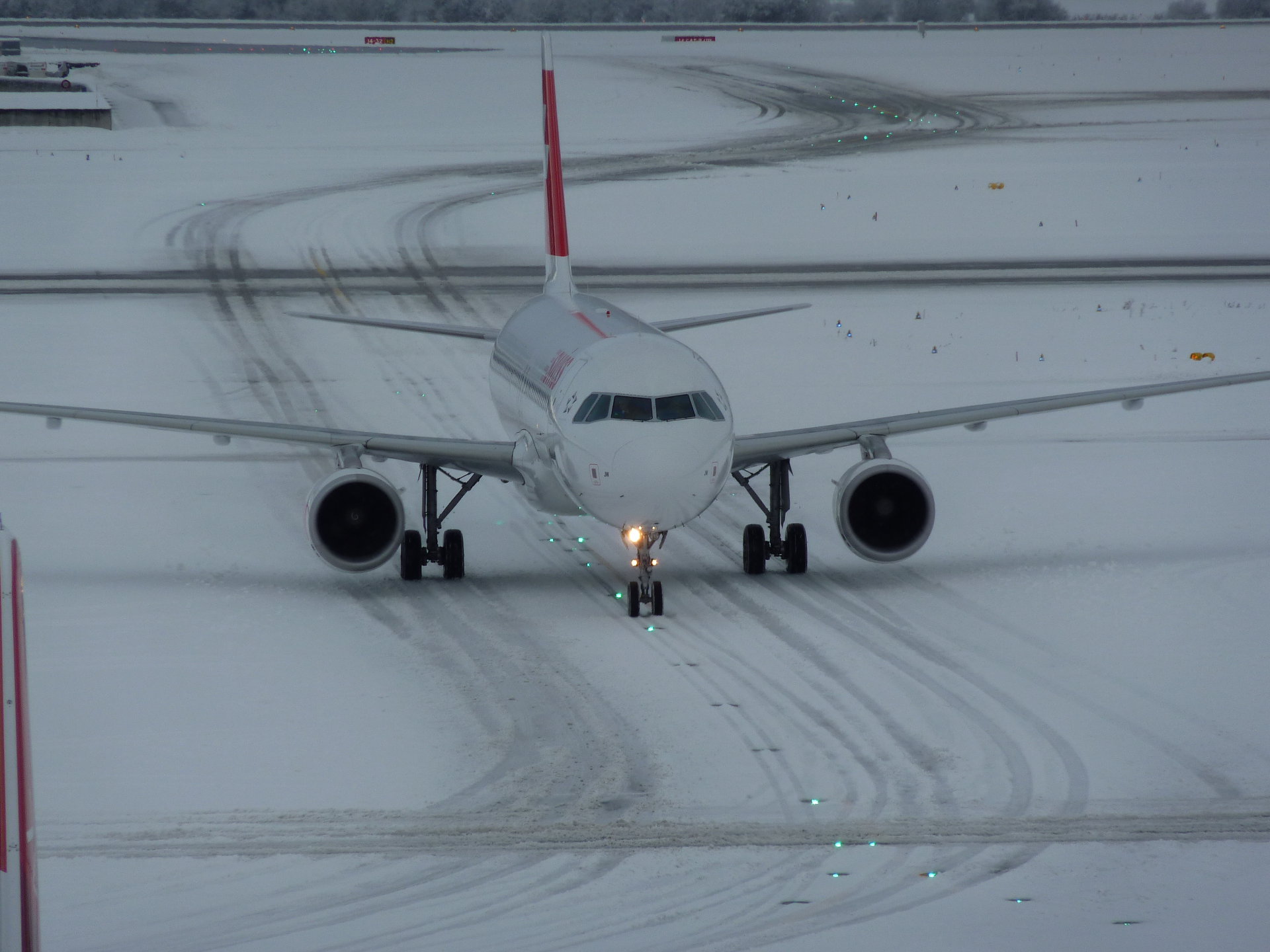Sure, now that North America again suffers from extreme winter, experts arguing if it’s another “Polar Vortex”, there is some background on Business Insider. Fact is, it hit North America hard again, causing major flight disruptions, not only in the North, but also “down South”. Suddenly I experience a surge of interest in “Deicing Management”.
The major issue I am asked is how to keep the airport operational, whereas that is the wrong approach. You can’t fight Mother Nature, not even Mr. President can, no matter how god-like he believes to be. You can manage the repercussions. You can minimize the impact, optimize the handling to recover quickly from an airport closure.
This must be more seen on a collaborative approach and I just thought to come back to the typical questions once again, as they reappear these days. If you’re interested, there are quite some posts on this blog addressing disruption management or A-CDM.
No, there is no “quick panacea” for this. Any deicing manager should be able to tell you that you cannot change a running winter operation, you implement the changes outside the season, train your staff and improve the processes. Listen to them!
A common question is: “Which software tool?”
 Clear as can be, there is no “software panacea” either. In North America, the closest thing in my experience is Saab-Sensis Aerobahn. In most cases of who’s asking, it simply is overkill. First step is to start to collaborate. Deicing is not an issue of the ground handler, or the airline, or the airport, but the ground handler, the airline and the airport. All together. If you don’t collaborate, the tools don’t help you. If your processes are “stand alone” and not integrated into a master process “turn around”, using a software does not help you. There are tools that work that can help you improve your processes, but most my inquiries end here. For some reason, airport (and airline) managers seem to believe (almost a religious faith) that they need software to solve their problems. It is hard to explain that they need to “think”, that it might be more reasonable to invest into a consulting, sitting together, looking at the processes, talking to the stakeholders and in a proper process start the transformation to collaborative decision making, starting potentially with deicing.
Clear as can be, there is no “software panacea” either. In North America, the closest thing in my experience is Saab-Sensis Aerobahn. In most cases of who’s asking, it simply is overkill. First step is to start to collaborate. Deicing is not an issue of the ground handler, or the airline, or the airport, but the ground handler, the airline and the airport. All together. If you don’t collaborate, the tools don’t help you. If your processes are “stand alone” and not integrated into a master process “turn around”, using a software does not help you. There are tools that work that can help you improve your processes, but most my inquiries end here. For some reason, airport (and airline) managers seem to believe (almost a religious faith) that they need software to solve their problems. It is hard to explain that they need to “think”, that it might be more reasonable to invest into a consulting, sitting together, looking at the processes, talking to the stakeholders and in a proper process start the transformation to collaborative decision making, starting potentially with deicing.
Another common question: “But this only works on large airports?”
Yes and no. The large airports are usually more bureaucratic, have developed “structures”, or more accurately “silo structures”. Where on small airports there is a natural collaboration as people have multiple functions and small hierarchies, the large airports have departments that tend to separate themselves from the larger good. Exaggerating, each department is the only valuable, the only one understanding, the hub of the(ir limited) universe. The other departments only interfere and make things difficult. That silo thinking is more common the larger the company. But also small airports have the possibility to establish a collaborative approach. They might not even need software to do that…? Software can overcome the workers reluctance to share information by doing it for them. And speeding up data exchange instead of waiting that someone shares an information. As we discussed in the LinkedIn group CDM@airport many times, A-CDM is not about technology, but about collaboration. That is people first. The technology is a tool.
Aircraft Rotations, Winter Operations and Forecasting
In the discussions, I keep emphasizing to look beyond the individual airport and think about the airlines involved. Their flights get delayed or worse, they get stuck. Bad enough at the airport, the aircraft is expected to fly to more than one city. In 2014, JetBlue had to cancel all flights for a day to “reset” the network, bring aircraft and crews where they were supposed to be (and give the crews the legally required rest). Thousands of travelers were stranded during the 2014 Polar Vortex disruptions. The same year, I discussed with Zürich about the possibility to proactively inform the airlines about the delay forecast, enabling them to cancel a flight to Zürich to avoid it getting stuck there. It lead to the hen-egg issue, if then enough airlines cancel their flights, there would be no delay…? An idea was a penalty/bonus-system, giving an airline that helps avoiding a delay situation today a priority on their departure tomorrow. The idea was disqualified implying the airlines’ inability to understand and agree on the concept…
Just some more
Food for Thought
Comments welcome

